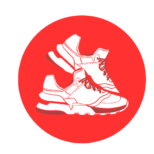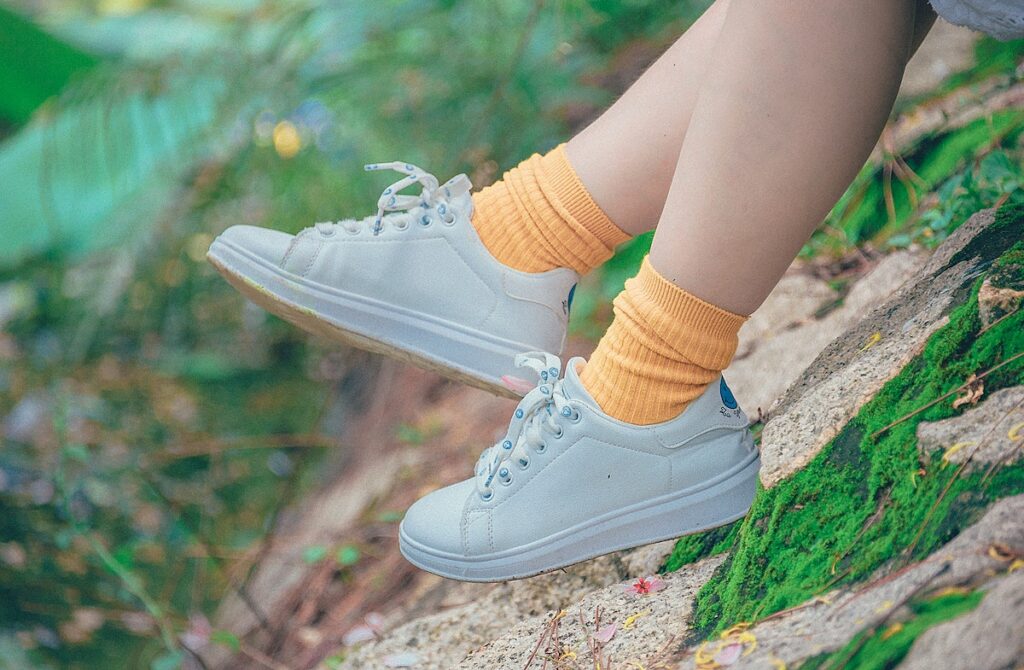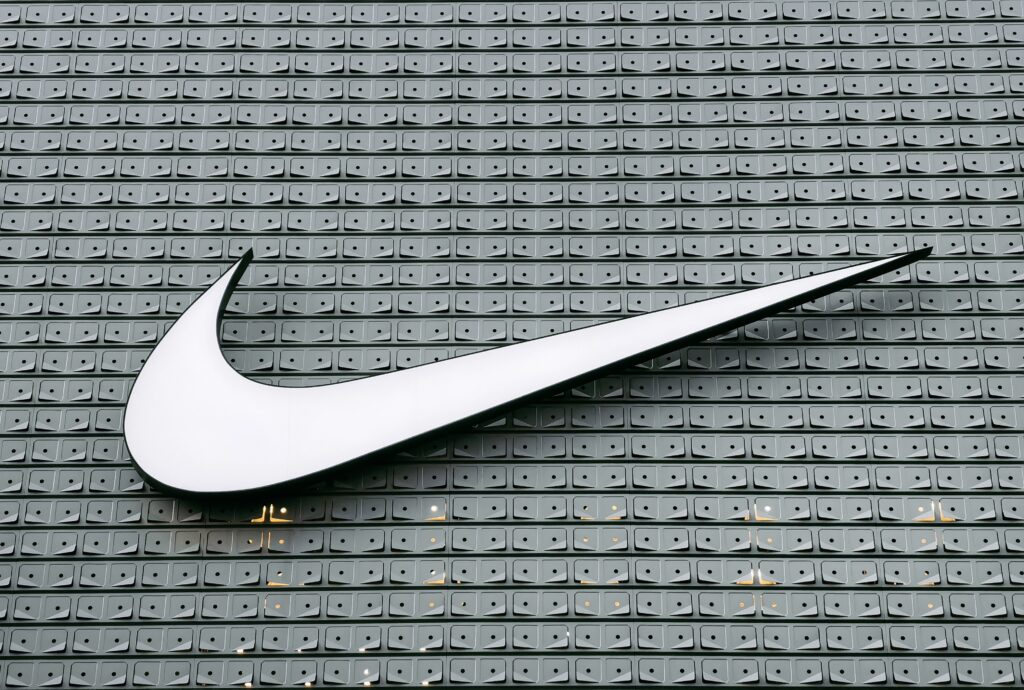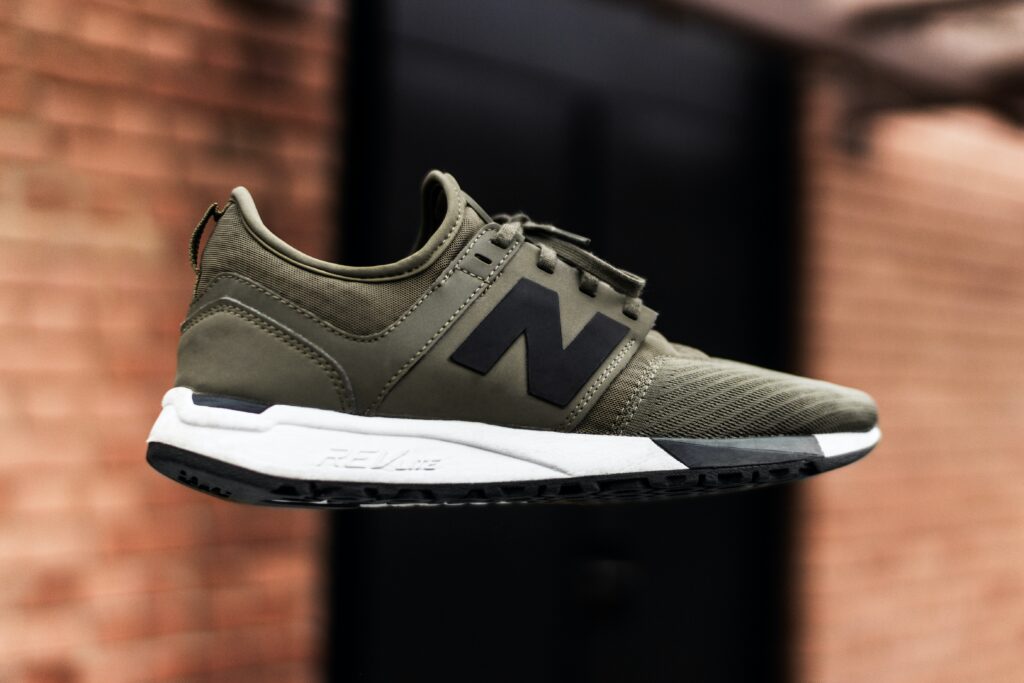From the moment we welcome a child into our family, we want the best for them, including comfortable shoes that suit their developing feet. As a parent, guardian, or caregiver for a 2-year-old child, you might be wondering what size shoe your child wears.
The period from infancy to childhood is significant for kids’ foot growth, and a shoe that suits their developing feet enhances their stability and mobility. Every manufacturer has its shoe sizing chart, and it can be overwhelming to figure out what size shoe to buy your 2-year-old child.
In this blog post, we will explore everything you need to know about what size shoe 2-year-olds wear, how to measure the right shoe size, and tips to ensure your child’s shoes fit perfectly.
The Average Shoe Sizes for a 2 Year-Old

Of course, children grow at different rates, and there can be variations in average sizes for a 2-year-old. Generally, the average shoe sizes for this age range between US 6-8. However, it’s important to note that shoe sizes can vary depending on different sizing systems.
If you are purchasing shoes that use different sizing systems, here are some common conversions. US 6-8 can usually be converted to UK 5-7, EU 22-24, CA 6-8, MX 13-15, JP 14-16, and AU 5.5-7.5. In terms of length, the range of US 6-8 is approximately 5.125-5.75 inches or 13-14.6 centimeters.
Keep in mind that these are general guidelines, and it’s always recommended to measure a child’s feet to ensure the best fit for their shoes.
Can 2 Year Olds Wear Large Shoes?
When it comes to the size of shoes, it is always best to ensure that they fit comfortably. Wearing shoes that are too small, too large, too tight, or too loose can have negative impacts on your child’s foot health and development.
Since 2-year-old children are still in a developmental stage, it is best to ensure that their shoes do not hinder their natural growth or cause any damage.
During the first few years of a child’s life, their foot development is still ongoing. At the age of two, it is expected that a child’s foot has developed to an extent, but it is still critical to opt for shoes that provide adequate support and are the perfect fit.
If your child wears shoes that are too large, their feet may slide forward, increasing the chances of falls or trips. It can also hinder their natural gait pattern – the way that they walk – which can negatively affect their posture as they grow older.
Although there is no defined rule stating when it is safe for toddlers to wear larger shoes, a rule of thumb is to choose shoes that fit well – neither too tight nor too loose. Shoes that are too large for toddlers can cause discomfort and might even lead to foot injuries.
However, it’s okay to leave a little room in the toe area; this allows ample space for the toes to move and lengthen as the child’s feet grow.
Getting the appropriate size shoe for your child isn’t enough; the right kind of shoes is also necessary. When selecting shoes for toddlers, it’s important to look for shoes with a soft and comfortable sole. The shoes should have relatively good traction so that the toddler can walk with ease without slipping or falling. You should also avoid shoes with hard plastic materials, high heels, or sparkly decorations that may be uncomfortable or lead to injuries.
What To Consider When Buying Shoes For Your 2 Year Old Baby?

1. Size Matters:
Your baby’s feet grow rapidly in the first few years of life, and their shoe size changes frequently. Hence, it’s vital to measure the size of your baby’s feet before buying shoes. Make sure you get them measured at a shoe store to ensure you select the correct size. Don’t rely on the size of your baby’s current shoes, as different brands have different sizing. Shoes that are too small can cause damage to your baby’s feet, while shoes that are too big can be uncomfortable and difficult to walk-in.
2. Look for Flexible and Supportive Soles:
At the age of two, your baby’s feet are still developing, so it’s essential to choose flexible and supportive soles shoes. Look for shoes made of soft leather, canvas, or mesh to enable your baby’s feet to breathe. Additionally, the sole of the shoes should bend at the balls of the feet, so your baby’s foot can flex naturally while walking. The shoe should support the ankle and have a firm heel counter to help maintain correct foot alignment.
3. Pay Attention to Material and Fasteners:
Babies’ feet sweat profusely, making it essential to choose shoes made of breathable materials. Avoid synthetic materials that can cause heat and moisture buildup, leading to fungal infections or other foot-related issues. Velcro and slip-on shoes are ideal for toddlers as they are easy to wear and take off, while laces may be a little more challenging. Regardless of which fastener you choose, make sure it is adjustable, allowing you to customize the fit as your baby grows.
4. Look for Flexible Toe Boxes:
Your baby’s toes need room to move, and cramped shoes can cause blisters, corns, and ingrown toenails. Choose shoes with enough space for the toes to wiggle freely. Additionally, the toe box should be flexible enough, so the toes can bend naturally and avoid pressure on the front of the shoe.
5. Select Shoes Based on Activity:
Different activities require different types of shoes. For example, a hiking shoe may not be the best choice to wear at the park. If your baby is running around the yard, a pair of athletic shoes may be the most comfortable. If you’re planning on taking your baby to the beach, look for shoes that are waterproof and have slip-resistant soles.
Measurement Techniques for 2 Year Olds Shoes
One of the most common ways to measure a child’s foot is to use a foot measuring tool. This device can be found in most shoe stores and is often used by sales associates when helping customers find the right size.
To use the tool, the child stands with their heel against the back of the device, and the sales associate slides the measuring tool until it touches the longest toe. This method is relatively simple but can be inaccurate if not done correctly.
Another popular method for measuring a child’s foot is to trace their foot on a piece of paper and measure the length of the outline. To do this, place a piece of paper on a hard surface and have the child stand on it.
The caregiver then traces the outline of the child’s foot with a pen or pencil and measures the distance between the heel and the longest toe. This technique is not the most accurate, but it can be helpful if you do not have access to a foot measuring tool.
Measuring the width of a child’s foot is just as important as measuring the length, especially for children with wider feet. One way to measure the width is to use a ruler or measuring tape to measure the widest part of the foot, which is usually the ball of the foot. Another way is to use a special tool called a Brannock device, which measures both the length and width of the foot.
It’s also important to consider the materials used in the shoe and the type of shoe when measuring for a 2-year-old. For instance, some shoes are designed to be worn with socks while others are not. The thickness of the socks should also be considered when measuring. Additionally, shoes with laces or velcro might have a more customizable fit than slip-on shoes.
Signs of a Well-Fitted Shoe

1. Adequate Toe Room
Your child’s toes should not be cramped or squeezed together in their footwear. Ensure that the shoe’s toe box accommodates enough space for natural movements, especially when it comes to jumping and running. A well-fitted shoe should allow a thumb-width space between the shoe’s tip and your child’s longest toe. This way, your child’s toenails won’t turn black and become uncomfortable.
2. Secure Heel fit
A loose fitting shoe can result in pain, discomfort and can even cause accidents, especially when it falls off or slips while playing. Make sure that the shoe’s heel sits comfortably in place without pulling your child’s foot too tight to the back of their shoe. A snug fit will ensure your child walks properly and avoid any potential falls or tripping hazards.
3. Flexibility and Support
Your child’s shoe should have enough flexibility to allow natural foot movements and support without putting any unnecessary stress on their feet. It is especially crucial for toddlers who are still learning to walk and run, as it can improve their balance and prevent potential injuries. Look for shoes made from flexible fabrics such as mesh or leather with a non-rigid sole to allow a full range of motion without restricting your child’s feet.
4. Comfortable Insoles
The right insole can make a big difference in keeping your child’s feet comfortable during the day. Avoid flat and unsupportive insoles and opt for shoes that have proper cushioning. Removable and washable insoles can help to maintain hygiene and regulate moisture, keeping your child’s feet dry, fresh, and healthy.
5. Proper Sizing
Finally, make sure that the shoe fits your child’s foot size appropriately. to ensure this measure your child’s foot using a foot sizing chart and add about a thumb’s width of space to allow for growing room. Avoid buying shoes based on age ranges, as foot sizes can differ drastically by age and other factors like foot width, and not all children’s feet develop at the same rate.
Common Pitfalls to Avoid
1. Ill-Fitting Shoes
One of the most common mistakes parents make when buying shoes for their 2 year old kid is choosing the incorrect size. It’s crucial to measure your child’s foot and pick the correct size for them to ensure their comfort and safety. Shoes that are too tight can cause discomfort and even damage their feet, while shoes that are too big may cause blisters, slips and falls. So, make sure you measure their feet periodically, especially at these ages where growth can be rapid.
2. Lack of Flexibility
Shoes that are too rigid with little or no flexibility are another pitfall. At 2 years old, a toddler’s feet are still developing, and their bones are still growing. So, it’s crucial that their shoes can accommodate this by flexing in the right places. Try to avoid shoes with stiff soles or that don’t allow easy movement in order to help your child fully develop their motor skills.
3. Poor Quality Materials
The type of materials used to make the shoes is another important factor to consider. Shoes made from cheap materials like plastic or synthetic fabrics may not provide enough support for your child’s feet, which can be detrimental in the long run. Look for shoes made of breathable materials like leather or canvas that allow for air circulation and are also durable.
4. Inappropriate Sole Design
Lastly, the sole design of the shoes you buy for your two year old matters. Shoes with slippery soles increase their likelihood of slipping and falling which could lead to accidents. Make sure the sole has a good grip and that your child is stable when they walk or run. Shoes with a good grip will also provide better traction, which is essential for outdoor activities.
5. Wearing Shoes at the Wrong Time
When it comes to your child’s growth, wearing shoes at the wrong time can hinder them. As much as shoes provide protection, they can also make it tough for your toddler to learn to walk. Walking barefoot or in socks helps to stretch and strengthen muscles in their feet and enable them to develop balance. Allow your kid to spend enough time walking barefoot, however, if you must get them shoes, buy shoes they will wear for about two or three hours a day until they get used to walking.
Final Words
Knowing what size shoe 2-year-olds wear can be challenging, but with the tips from this guide, you can ensure that you’re buying shoes that fit perfectly. As you search for the right shoe for your child, focus on finding quality shoes that support their feet as they grow and develop. By following these simple tips, you can select the perfect shoe for that precious little one’s precious feet!



